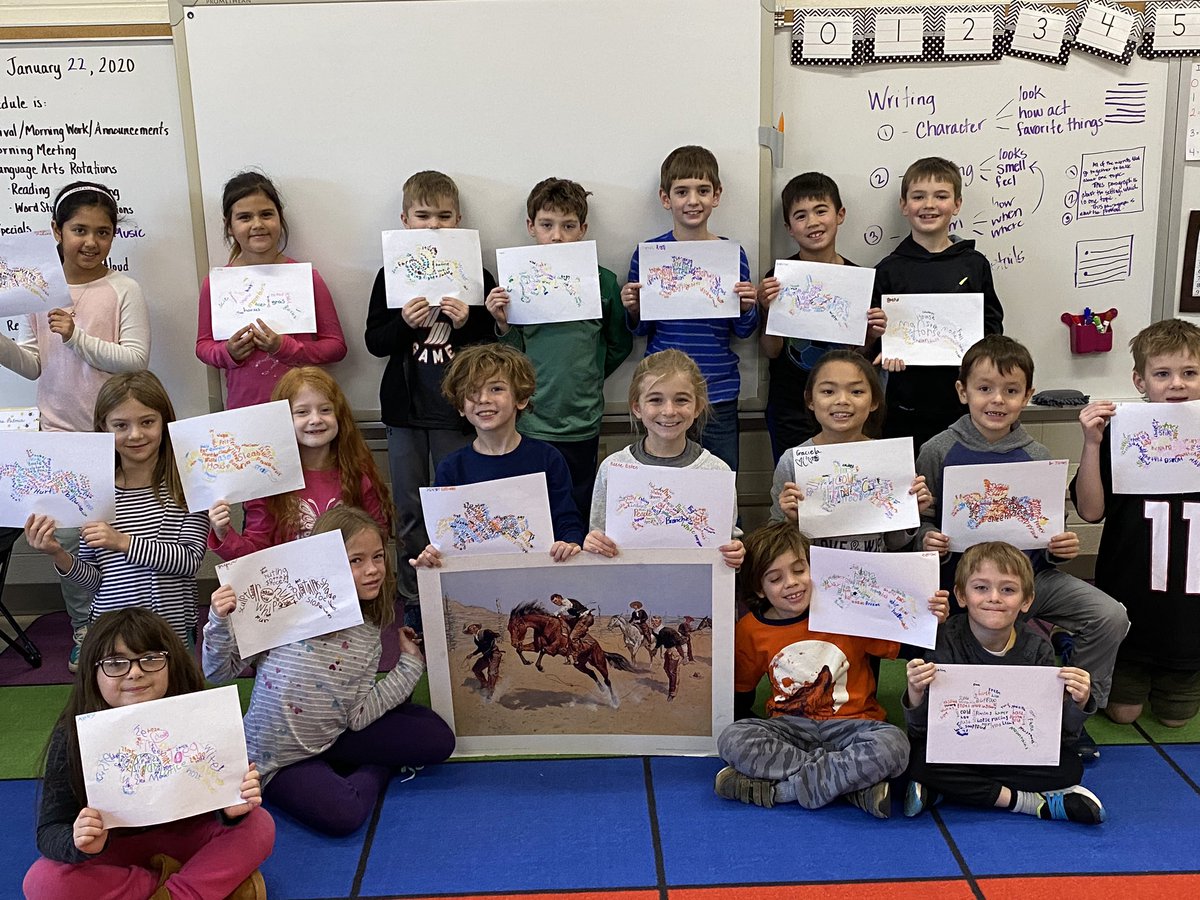




Reading:
We continue to work on different comprehension strategies. Here's a list of different strategies we are focusing on...
- Schema - We have file folders in our brain on MANY different topics. We use the information in those file folders to help us understand what's happening in the story. We then use the new information from the story to add to those file folders. This helps us build our knowledge base about different topics.
- Making Predictions - Students use their schema (prior knowledge) to think about the book and make predictions before reading. This is important because they are using all that they know to make an informative guess about what will happen next.
- Visualization - When you read deeply, you create a series of pictures in your head. This helps you to comprehend what you are reading.
- Sequencing - We have practiced sequencing in our reading groups by shouting out different events that took place in the part of the story we just read. I type them into our flipchart then, students rearrange these events so they are in the order in which they happened. This is an introduction to retelling and eventually summarizing what the story is about.
- Understanding the Character, Setting, Problem, and Solution - Understanding each component of a story (character, setting, problem, and solution) helps students understand what has happened with detail.
I have just introduced Questioning and Wondering. Good readers ask questions before, during, and after they read. We practice this during our read aloud each day. Here are some great question stems to keep those conversations going...
- I wonder why
- I wonder if
- What would happen if
- Why did
- How does he/she

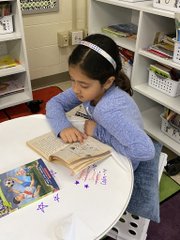

Ways to help at home:
- As always, continue to have your child read between 20-30 minutes per day.
- Make reading fun and interesting. Search for "Readers Theater" scripts online and have your children and friends create costumes and star in one of the plays! Practicing their scripts over and over builds fluency and confidence!
Word Study:
Students continue to sort their words with me, write their sort once, and then do an activity. They have enjoyed writing their sort in alphabetical order, as well as our continued Spelling City activities students do twice per week.


Writing:
Students are currently writing a story about a black dog. I showed them this picture...
and asked them to write a complete story with a character (the dog), setting, problem and solution. I've used this format to introduce the idea of writing a paragraph. I have explained that each paragraph has one topic...you talk about one thing only. I introduced indenting the paragraph, but this was a little too challenging for some, but we are working on it!
Students were also introduced to cursive. They love practicing it!
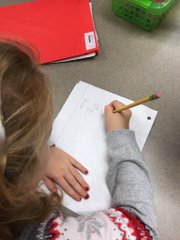

Ways to help at home:
- Give your child a simple picture and ask them to describe it using lots of details.
- Allow your child time to practice handwriting or cursive at home.
Math:
Students continue to grow as mathematicians! Students are solving problems using pictures, numbers, and even words. I have introduced them to a few different strategies and students have been able to explore them and then determine which strategy is right for them at that time.
To make sure students are gaining an understanding of the concept of adding numbers, we play games. Students are able to add and subtract by ones, fives, and tens in these games.
We are currently working on problems with a sum of up to 100, but in the next few weeks, we will get to the point where the two addends are in the hundreds with a sum up to 500.
Continue to allow your child to work on ST Math and Reflex at home, which will greatly build their number sense and fact fluency!

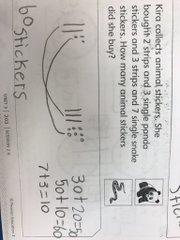



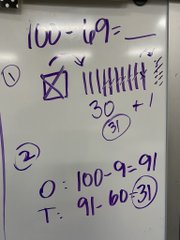
Ways to help at home:
- Ask your child to show you how they would solve a problem a few different ways!
Social Studies:
Students are taking all that they know about the United States and using it to understand three American Indian tribes. We are rotating to different teachers for a fun experience exploring the different tribes. With me, students learned about the Lakota tribe through videos and pictures. They have learned that the Lakota tribe lived in the Plains, near Wyoming and the Dakotas. Buffalo was the main food for the Lakota people. The Lakota tribe lived in teepees because they were easy to take down and move to a new location because they followed the buffalo! With Mrs. hartman, students have learned that the Pueblo tribe lived in the warmer climate. They made adobe houses from baked mud! They had a garden, but not like the Powhatan tribe. The Powhatan tribe was located in Virginia (Pocahontas was Chief Powhatan's daughter) and raised large gardens with beans and corn (maize). With Mr. Foreman, students will learn the Powhatan tribe lived in longhouses, walked or rode in canoes for transportation, and hunted deer. By the end of the unit, students will know the difference between the three tribes in the areas of location, food, shelter, and transportation.

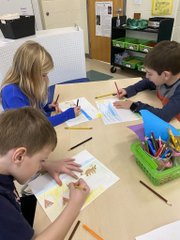
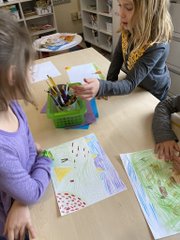
Ways to help at home:
- Find books or videos on the American Indians. Make a teepee (when Bree was in 2nd grade, she begged us to make a teepee!) or pick berries in the wild. This summer, grow beans (a popular crop of the Powhatan tribe) or maize (aka corn!).
No comments:
Post a Comment